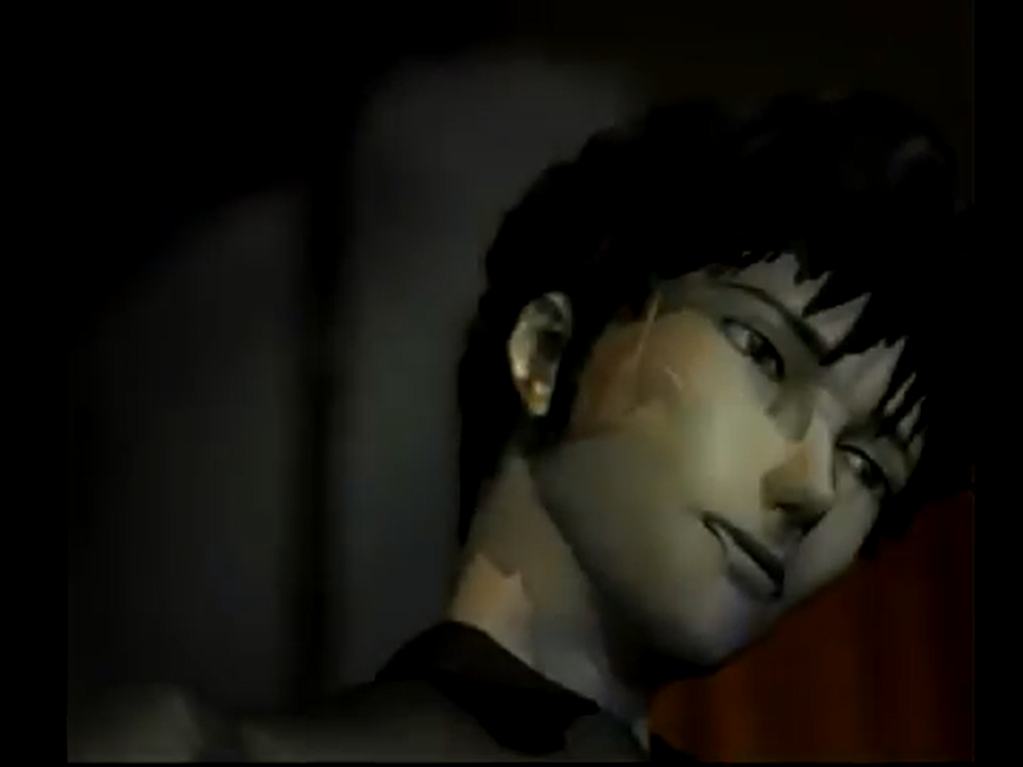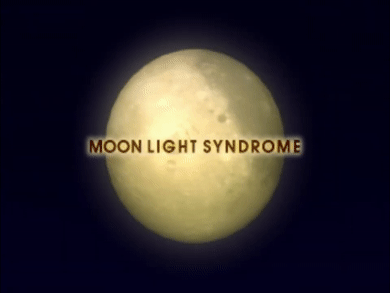Program: Takemura, Takashi | Sound: Niikura, Kouji | Screenplay: Suda, Goichi

At the start of this chapter Chisato, Yukari and Arisa sense that Mika is going to reappear at the school, and the three decide to go look for her. Chisato and Arisa warn Yukari that unlike their other investigations she could actually lose her life, but Yukari (she’s the only one without ESP powers among the three) is determined to save her friend regardless.
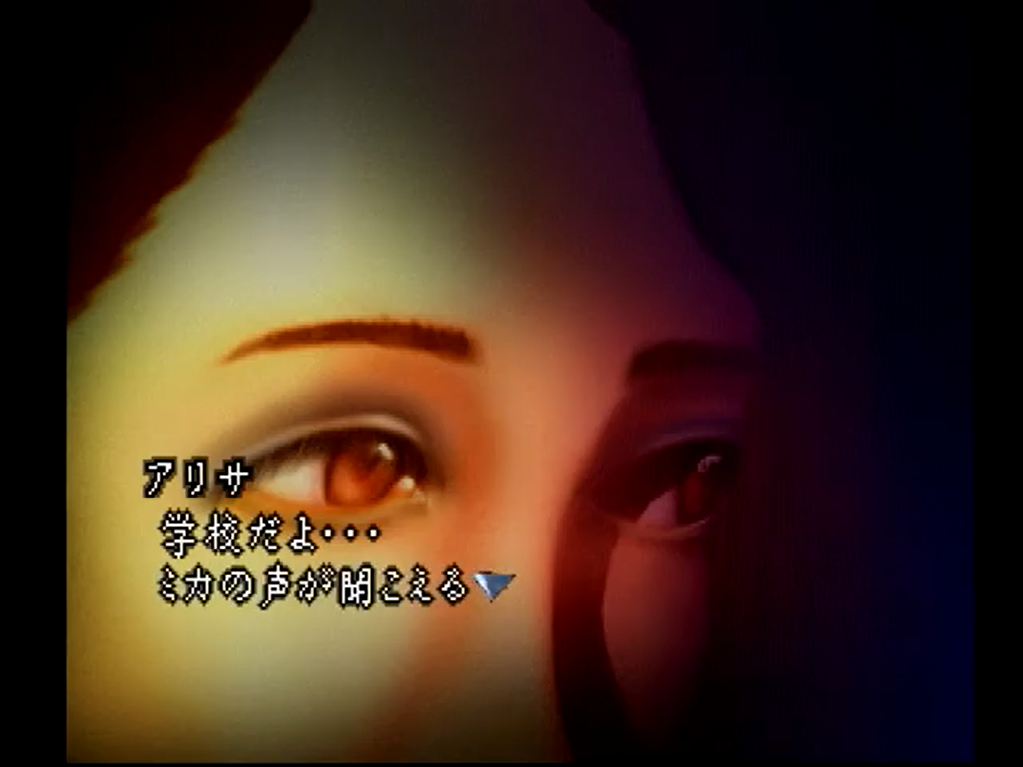
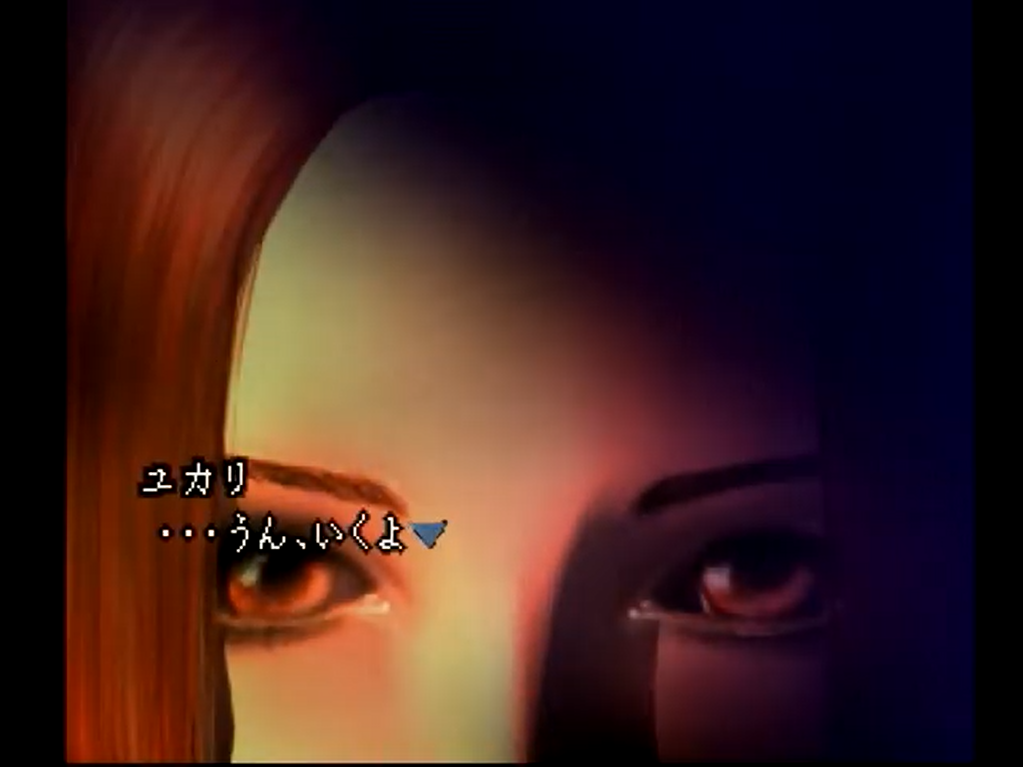
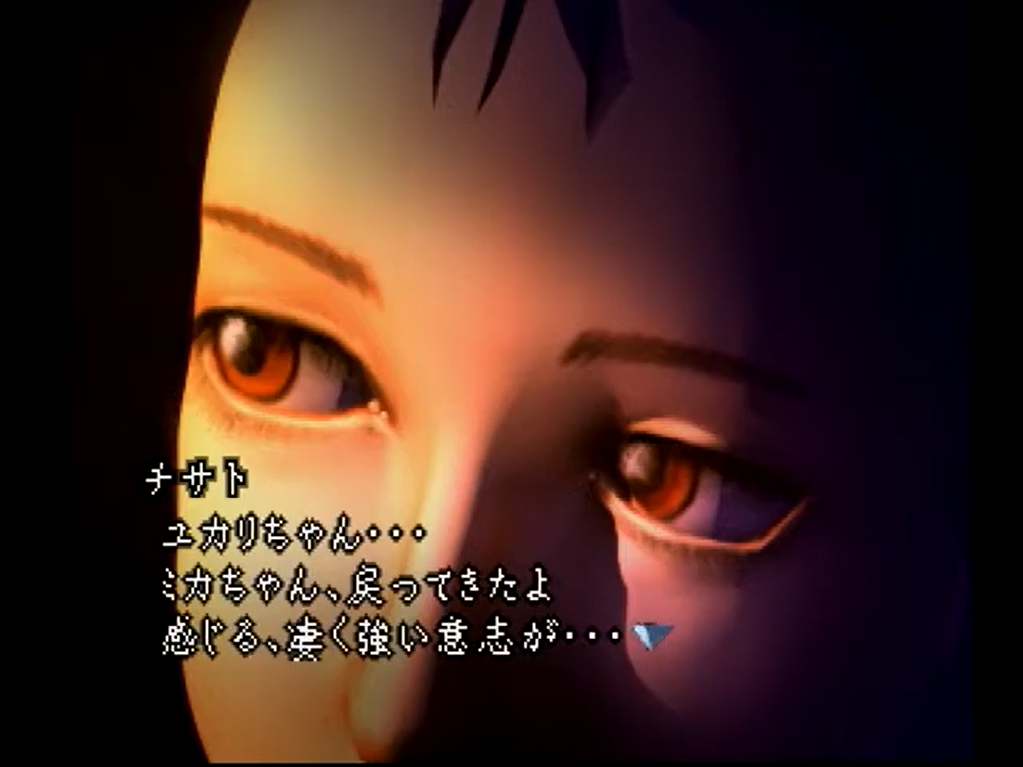
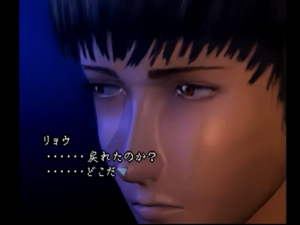
At the same time, Ryo returns from the edge of the world and finds himself in front of Hinashiro high-school.
He is intercepted by Rumi, who warns him that the climax of the tale is approaching. While she considers herself a mere onlooker, Ryo feels that he must go through with this and enter the school to face what’s coming.
When asked if he was with Mika, Ryo’s answers are evasive: he was with her, in a certain sense, at the edge of the world, where nothing but tranquility lies. However, as the others have sensed, Mika is now in the school.
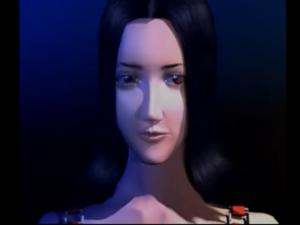
Ryo begs Rumi to leave: as the dark thoughts swarm around the school, its pulse calls out to people. (Much like they did in the apartment building in 浮誘 FUYOU. What’s described as a “dark thought” here is similar to a lingering consciousness, or a remnant psyche, but more generalized and abstract.)
Rumi has to run or regardless of her intentions she will eventually be sucked in. She accepts, but begs Ryo to save Mika.
Arisa explores the school, using her ESP to try and locate Mika’s presence. She flashes back to earlier that night, when she, Chisato and Yukari met in the reception (which is weirdly unscathed from the events of the previous chapter) to decide a time table on when to meet back up.
Back in the present time, Arisa once again feels Mika’s presence, but she is instead met by Mithra. (Implying that either he has “absorbed” Mika, or he’s possibly possessing her body.)
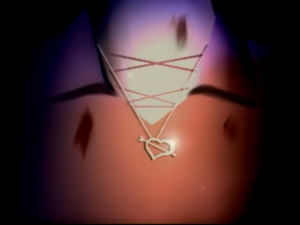
She immediately recognizes him as a non-human entity, to which he asks her to stay out of his way instead of searching for Mika. Arisa refuses, as she knows that Yukari expects her to bring Mika back, so she threatens Mithra with her ESP powers. He then kills her.
The next scene cuts to Yukari nervously pacing around the reception as the two girls are late. (I think what the game is getting at here is that Mithra has twisted time to separate the three and approach them individually.)
Eventually, she perceives an incoming dark presence.
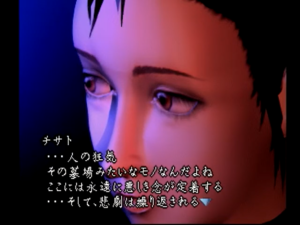
Chisato then monologues about the insanity of people having taken root in the school. What I think she’s getting at is that the school, housing generation after generation of children, has become seeped in their own insanity (what was earlier described as the “dark thought”) and as such, despite the rebuilding and renovations, can only ever be a stage for tragedy, much like the town itself. This is probably why we were shown flashes of the original school building in プロローグ PROLOGUE; while the town of old has been erased by urbanization and modernity, its maddening past lingers on and informs the present. As Chisato puts it, the blood is washed away by the tears in an endless cycle.
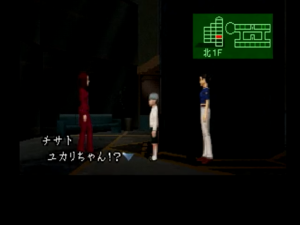
Chisato realizes that her watch is lagging (which again, I see as Mithra’s ploy to separate the three girls) and rushes to Yukari’s side. However, she finds that Mithra is already there mesmerizing her.
In front of Yukari he acts like an innocent little boy, resenting the accusations of having done anything to Mika. Chisato does eventually manage to convince Yukari not to trust the boy and run but she finds herself unable to move. Mithra then presents her with Arisa’s pendant (implying that he killed her), which breaks Yukari’s spirit putting her in a trance similar to what we saw from Mika and Ryo in previous chapters.
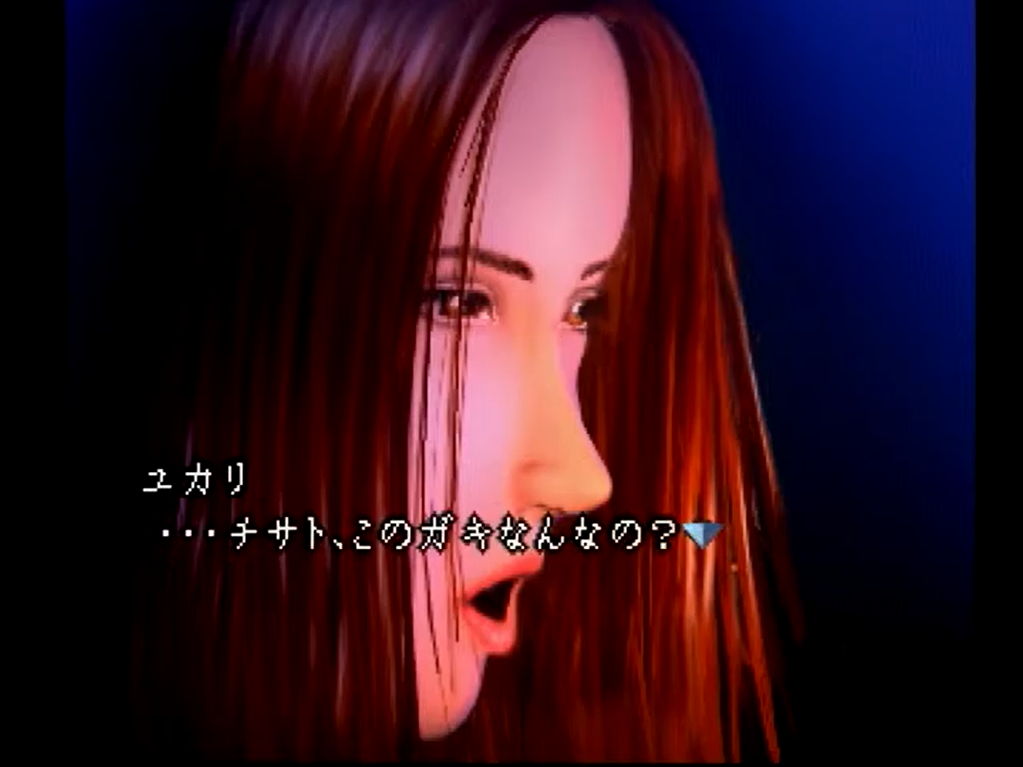
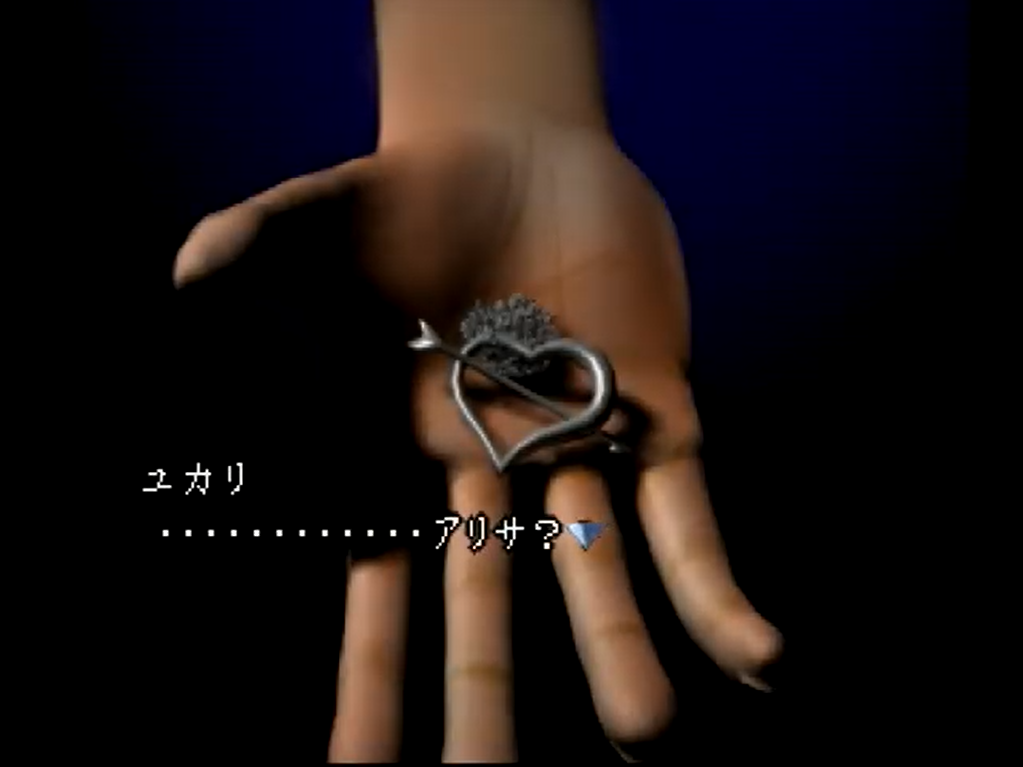
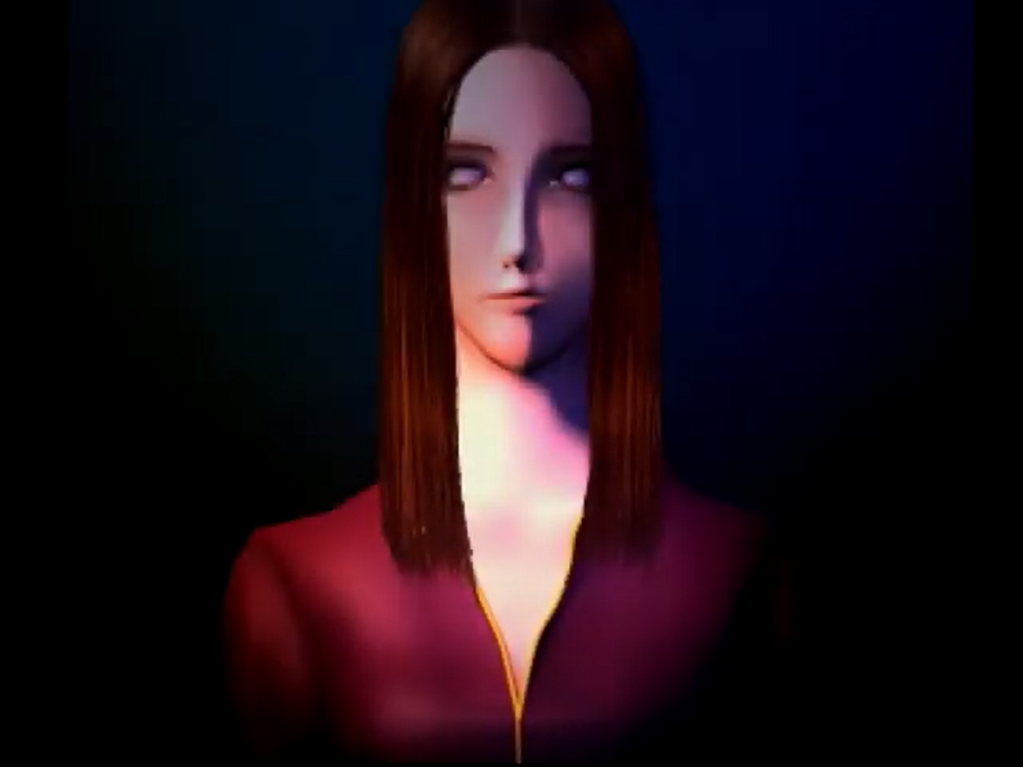
I have been confounded by this, as Yukari wasn’t particularly attached to Arisa and she has been witnessing a lot more death in 慟悪 DOWAKU and while shocking to her, it was not enough to break her spirit. It’s possible that the two had more time to bond off-screen during their investigation into Mika’s disappearance, but also, the Visual Guide Book reveals that the scene was originally going to be a lot gorier: The explosion of Arisa’s head would be shown in detail and she would present Yukari with gore around her eye area, rather than just the pendant. I can see why this would have been way more impactful to her.
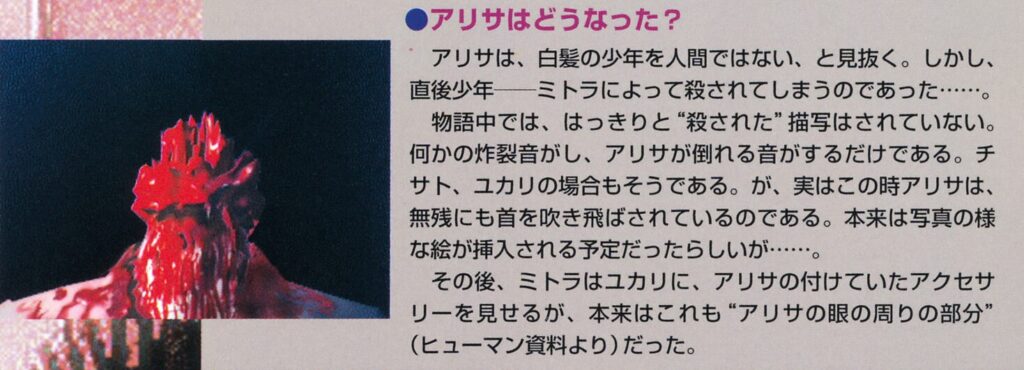
This was axed probably because of the state mandated censorship relating to the Kobe child murders, which Suda has discussed in this 2016 interview (Archive):
While doing these interviews, there’s been a lot of stuff I’ve remembered suddenly — one of those things is working on Moonlight Syndrome at Human, before we started Grasshopper. So a kind of strange thing happened while I was working on the game ‘ it was known as the Sakakibara murders [or the Kobe Child Murders]. Basically a young guy in Japan murdered a bunch of little kids, cut their heads off, did some really fucked up stuff.
It was a huge deal in Japan. So because of that, my games and games in general had a bunch of government [censorship] limitations placed on them. It wasn’t just games, but general entertainment, too, TV shows, and movies, all of a sudden they had all these limits — “oh, you can’t do that, you can’t touch on that.” So after that I wasn’t able to make Moonlight Syndrome, the game I originally intended.
This can also be seen in this pre-release trailer, which features a much bloodier version of the stabbing scene:
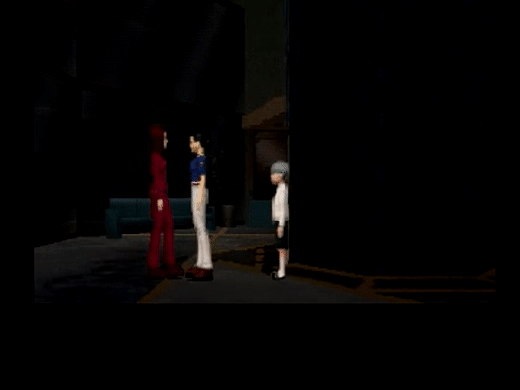
Chisato apologizes to Yukari for involving her, and Yukari, now under Mithra’s spell, walks out of the room.
A spiritual battle ensues between Chisato and Mithra, the dialogue between the two implying that they were already acquainted before the events of the game. (We already knew this from Chisato’s interactions with Yayoi in 浮誘 FUYOU.)
She manages to hurt him, but the boy is ultimately victorious and kills Chisato. He then regenerates himself. (Again, in 浮誘 FUYOU Yayoi already told us that Mithra is far above her and Chisato in terms of power.)
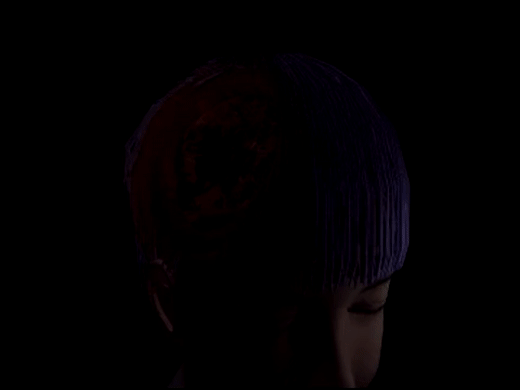
Mithra then puppeteers Yukari to the entrance of the school, where he also gleefully kills her.
Ryo stares at the full moon, then enters the school building. Seeing Yukari’s headless body doesn’t faze him, but he cryptically comments with a single word, “Lunatic”.
Lunatic refers to people who are easily influenced by the changing phases of the moon. Is he calling Yukari a lunatic, implying that she was easily manipulated by Mithra? There seems to be a motif associating the boy with the full moon, namely due to his round head and silver hair, which is even verbalized in 陰約 INYAKU but at the same time the glow of the moon is what saved Yukari and Chisato from being killed by the headmaster in 慟悪 DOWAKU, so I am not sure.
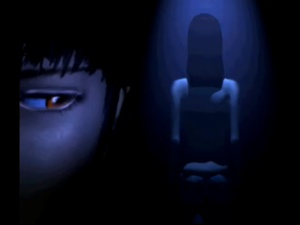
Ryo then encounters Yayoi, who is surprised that Ryo was able to return from the edge of the world into what is presumably the world of the living. He inquires about Mithra’s location, to which Yayoi replies that she does not know it, but even if she did, she couldn’t possibly tell Ryo, as it would put him in jeopardy since there’s no way to stop the boy now.
Ryo is uninterested in her explanations; if she can’t help him, then he’ll just proceed onwards. He does however regret that they couldn’t meet under normal circumstances, where their affection could have blossomed. As Yayoi begs him not to die, he moves on.
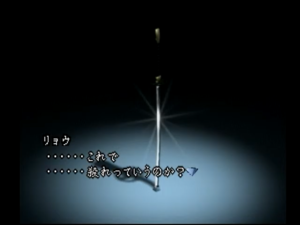
Chisato uses the last of her strength to temporarily restore her body and leads Ryo to the katana blade in the headmaster’s office. She explains to him that Ryo’s role is to bring the story to a close; while he will use the katana to slay Mithra, the sword itself has no power: the real weapon that Ryo will have to use is one that exists inside him, a weapon of “feeling” or “thought” much like the one that was discussed in 開扉 KAIBYO. As she asks Ryo whether he finally understands what’s going on, Chisato falls dead once more.
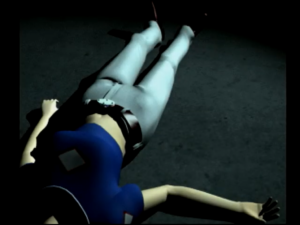
Ryo finally comes to the realization that this whole ordeal was not about Mika, it was actually about himself. As a weak willed man he chased after the idea of Paradise, a place where he could exist without facing the hardships of life, but through his journey he came to realize that there is no such thing. He must find a will to live within himself and the reality around him. However, he’ll make sure that all the deaths we have witnessed would not be meaningless.
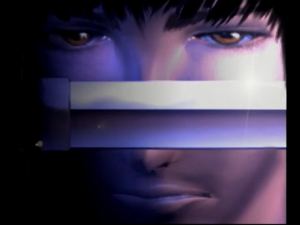
What Ryo is getting at when he says that the story has been about him rather than Mika, is that the whole journey was intended to forge Ryo into a weapon that would be able to kill Mithra. Said weapon, I believe, is his ability to reject delusion and embrace reality. Which can only come through developing a true connection to someone else. Mika did not endure her trials and tribulations because of anything she did, but merely because she was being used to strengthen Ryo’s resolve. As a child-like god, Mithra’s motivation seems to be nothing more complex than messing with people for fun, watching them destroy themselves. So who is the unseen puppet master that set Ryo on his path?
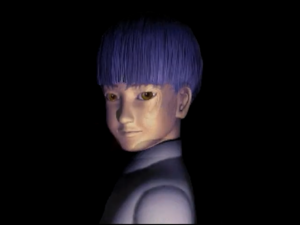
He finally reaches Mithra, who then breaks the fourth wall, making fun of how implementing RPG systems would be useless against him as he is fully in control, tying back to the visual metaphor in 浮誘 FUYOU where he exists beyond the Playstation console.
As Mithra makes fun of him, Ryo silently cuts him to pieces, unfazed by his words. The boy points out how useless Ryo’s actions are, how everyone is already dead, and the tragedy he planned out for his own entertainment already came to fruition. He calls his resolve childish, brandishing his sword like a videogame hero coming to slay the final boss, but he’s not going to be able to save Mika either.
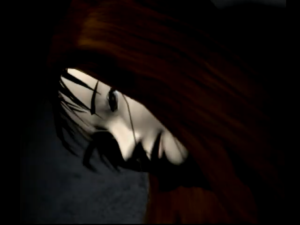
A series of confusing images follow: as Mithra’s spirit dissipates, we are briefly shown Mika Kishii’s dead body, possibly her severed head, to which he announces that “this is the answer.”
What I believe he means, is that the “reality” that was being hidden by the “lie” of Mithra, is that Mika Kishii was dead all along, hence why by exorcising him, Ryo is shown her corpse. Ryo’s covenant with him was the only thing keeping her alive, as we’ll see in 陰約 INYAKU: however, the girl’s fate had been sealed since the beginning, regardless of which path Ryo would take. The destruction of Mithra does, at least, prevent the reality of Hinashiro from being twisted any further, or his influence even expanding beyond the borders of the town. This exorcism was necessary, but Ryo’s actions receive no reward, and he is left alone.
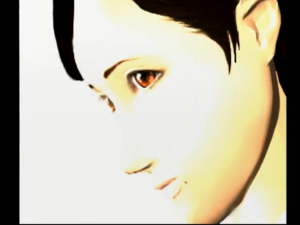
Afterwards, Ryo is returned to the edge of the world, presumably having been once again mind-broken by observing Mika’s dead body. There, a cheerful Yayoi compliments him on slaying the monster and tells him they can finally be together forever. The edge of the world may be peaceful and nostalgic, but it also represents giving up, letting go of all worldly attachments. This is the Paradise that Ryo was obsessed with, the one he chose to forego in order to face Mithra, but having ended the demon, there’s nowhere else to go for him.
He then meets Sumio, who says that “it’s a shame it wasn’t him (that killed Mithra) but anybody could have done it, more or less.”
This is where a few pieces start falling together: Why would Sumio say this, entrusting the role of slayer to himself?
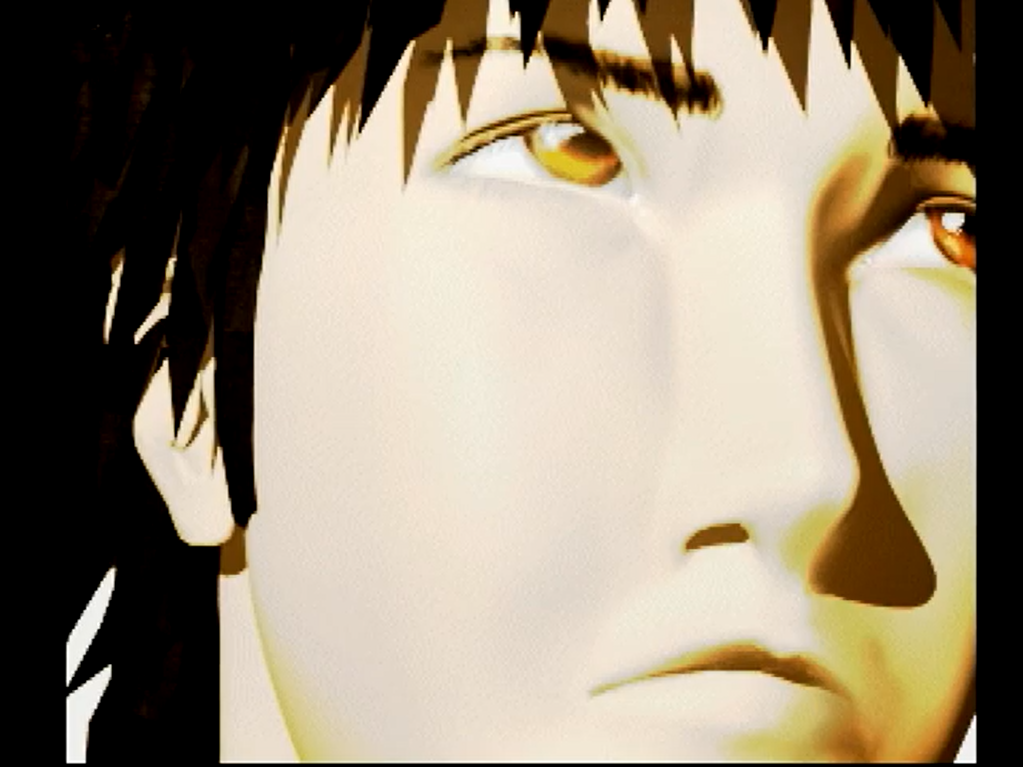
Going back to 夢題 MOWDEI, Yayoi took control of Ryo in a similar way as what Mithra would do to Mika in 開扉 KAIBYO. He then referred to him as “Sumio’s substitute”.
That is to say that Yayoi was the unseen puppet master I mentioned earlier: she initially entrusted the role of killing Mithra to Sumio; however, as he was driven mad by the death of Kyoko (which might I remind you was orchestrated by Mithra himself in accordance to Sumio’s contract), she saw a possible substitute in Ryo. Hence why “anybody could have done it”. All Yayoi needed was a man strong enough to be a protector, to defy fate and logic and slay the monster. She tried to make Sumio her own protector, but he could only feel for Kyoko. So when the time came to turn Ryo into her weapon, the object of protection shifted from her to Mika Kishii.
In this context, the events of the game only took place because Yayoi wanted to engineer a situation in which her master Mithra and (most likely also) her sister Chisato would end up dying, ultimately freeing her from their influence.
Why does she then appear to genuinely long for Ryo at the edge of the world? As usual, Suda elaborated on this in the In-depth Guide Q&A:
Yayoi appears in the scene with the big tree in the epilogue, but appears in the real world right afterwards…
Source.
The “edge of the world” (the big tree scene) is the purest, most primitive place. Yayoi puts aside her good will and other emotions towards Ryo, reuniting with him at the “edge of the world”. There, Yayoi watches Ryo and the conclusion of it all in her most human-like state, then watches Mithra’s death in the real world at the end to bring an end to the story.
Why isn’t Rumi at the “edge of the world”? That’s because I couldn’t take the time to write about her properly. The depiction of Rumi is something I wish I could’ve done more with.
One of Yayoi’s lines is “poor child”… Was Mithra destroyed?
Yes, he was. Mithra was a victim, too. In a way, Yayoi was a faithful servant of Mithra’s, but if you look at it from another perspective, you might say that Mithra was used and sent to his destruction by Yayoi.
Maybe you could even say that it was even Yayoi’s jealousy towards Mika?
On some level, despite being a manipulator, Yayoi does long to be loved. That facet of Yayoi is what we see at the edge of the world, the part of her who wishes that she could be the person that Ryo could accept. Hence why she is jealous of Mika: She is the kind of person that others can love, even with her character flaws. Yayoi is simply not.
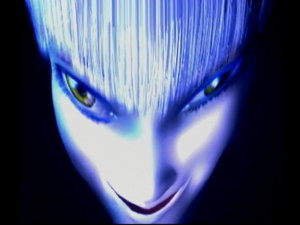
I don’t think the situation is as clear-cut as Yayoi being purely evil though. Was servitude to Mithra what hardened her into a manipulative, unlovable person? Or did she instigate Mithra into messing with the human world herself, just to engineer his death? We might infer that Mithra’s decision to start torturing humans was the result of Yayoi’s manipulation, who might have spurred him on with talks of pollution and human degradation. He is certainly not an innocent party in this, and his death was needed in order to avert more tragedies from taking place, but we can never know the exact circumstances of the spiritual world.
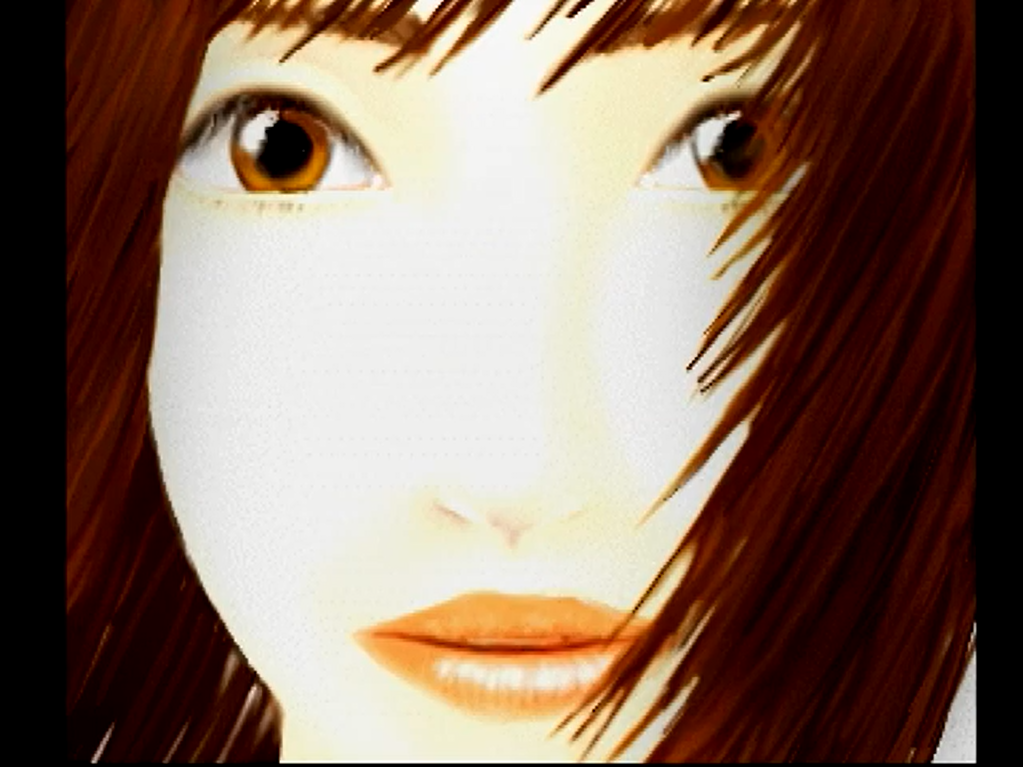
Sumio continues his speech, telling Ryo that the bond they share with one another, their constant pushing and pulling, is actually a form of love much deeper than that openly shared by other people.
Lastly, Ryo meets up with Kyoko. She tells him that her death was not his fault, but rather, that in order to reject her incestuous love for him she had to reject herself entirely. It was her own choice, but as long as Ryo lives on, Kyoko will live alongside him in his memory. She then sets him free.
If we take the edge of the world as a form of afterlife, as the Q&A in the Official Complete Guide seems to indicate, and it specifically pertains to people who were involved with Mithra, then why do we not see Yukari, Chisato or Arisa there? I believe the answer is simple: what we see is a collective memory centered around events that happened to Ryo, a moment of perfection between the two families that turned into a place; being unacquainted with Ryo, the other girls would not belong there. Rumi’s absence is more conspicuous: Suda explains it as a lack of time to properly finish her scenario. However, she did appear in the edge of the world in 夢題 MOWDEI. Does that mean that she too was involved with Mithra at some point?
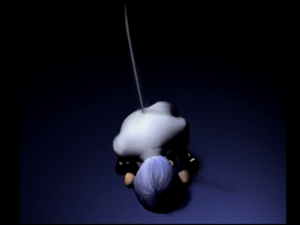
In the real world, Yayoi witnesses Mithra’s dead body, calling him a poor (as in pitiable) child, and apologizes to him.
As the credits roll and Anata wa umi no soko plays, Ryo runs through the fields of the edge of the world. At the end of his path, he meets a collapsing Mika, who falls into his arms, resting. This is what Kyoko meant by “setting Ryo free”: by liberating him from his guilt and his responsibilities, he can leave the grass field and the lone tree (his past) behind, running towards Mika (his future). Free from Mithra’s gaze, the two can finally embrace each other, even if it has to happen at the edge of the world, their minds wandering outside of reality.
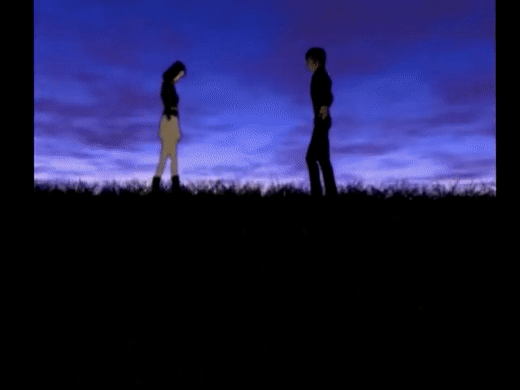
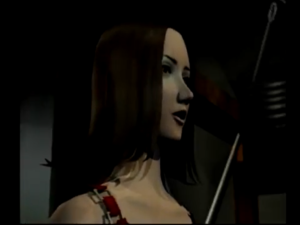
Back in the real world, Rumi enters Ryo’s apartment. She finds him sitting in front of the tv, his eyes empty, holding the paper bag that contained his sister’s head. Looking at the tv, she is terrified to see Mika’s visage reflected in it. The game ends on Ryo’s empty, comatose stare.
Setting aside this disturbing epilogue, which I will delve into in The Moonlit Road, this final chapter actually explains very little.
In fact, you must have noticed that more often than not, during this analysis, I had to refer back to writings that exist outside of the game in order to explain its events.
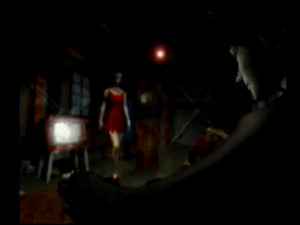
Not only is the name Mithra never uttered in it, despite its revelation being teased in 開扉 KAIBYO, the concept of “contract” is only brought up once in a very vague way, with no indication that the nature of these contracts can warp reality itself.
If you’re familiar with Suda’s other works, you know that they usually tend to end on a flashback or at least a revelation of what the inciting incident for the whole story actually was: the silver case murders, the union hotel massacre, the Sundance genocide, so on and so forth. Said flashback reframes the events of the story and gives you a key for understanding what transpired on following playthroughs.
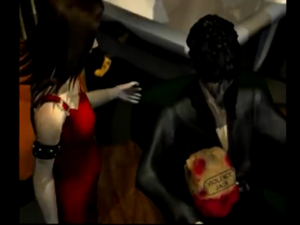
You might be surprised to know that Moonlight Syndrome actually had a segment like that at some point during production.
Several chapters were cut out of the game, possibly due to budgetary constraints (the company was going under) or issues with censorship or disc usage, but while most of them were inconsequential side-stories, one of them, 陰約 INYAKU, depicted Kyoko’s death, Mika’s accident and the events surrounding Ryo’s contract, giving us crucial clues to deciphering the rest of the game’s events.

The game would obviously still be cryptic and enigmatic if it had been included, but without it, it is nigh-incomprehensible. (Imagine if killer7 had released without the “Smile” chapter.) Therefore, analyzing the events of the game without taking it into account is pretty much impossible, which is why I decided to dedicate the next chapter of this analysis to it and the other short stories that were published.
|
